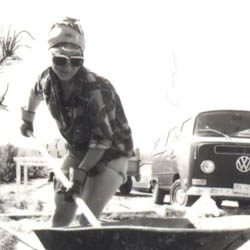AT WORK highlights one subgroup of service workers - those who strive to ornament, i.e. to make visual improvements, to the appearance of individuals, physical sites and consumer products.
Hosts successful in the food and hospitality industries recognize the need to go beyond the offering of safe and palatable foods, with the provision of a wow factor in their presentation and service. Wow involves exceeding the customer's expectations by incorporating elements of surprise and pleasure, and often a sensory stimulation, into each presentation. Floral arrangements have now been joined on buffet tables by ice sculptures and edible artworks. Perhaps the most common foods embellished by edible decoration are dessert cakes, especially wedding and birthday cakes.
Professional barbering and hairdressing have long histories in Saskatchewan. These services, especially men's haircutting and shaving, were available in most early settlement communities sometimes combined with the provision of other services. Before the 1960s it was uncommon for women in Saskatchewan to work as barbers or for men to undertake careers in female beauty.
Hairdressing and beauty work has been viewed by many Saskatchewan women as a stepping stone to financial independence and to a respectable status in the community. Girls and young women with a high school education, or less, could undertake a one year basic course at beauty schools in Regina or Saskatoon and once having received their provincial license could usually find work in an established salon. Some beauticians and barbers developed their skills through apprenticeships. After some experience they might seek to operate their own business, perhaps in their home community. Beauty skills are portable and the work attractive to those who wish only part-time or temporary work.
Modern cosmetology - the application of beauty treatments - comprises many occupations besides haircutting and styling, including the work of manicurists and pedicurists, skin care technicians, cosmetic makeup artists and electrologists. Shorter training courses are available for these more specialized occupations.
Cosmetologists may be paid an hourly salary or work on a commission basis with salon owners; some keep all of the revenue generated and pay the salon owner a rental fee or a "chair fee" for the use of salon facilities. Beauticians and barbers, like many other service workers often make a considerable portion of their income from client tips. They may also benefit financially through the promotion and sale of beauty products.
Many workers, including nurserymen, landscapists and gardeners are employed in the improvement or embellishment of the exterior landscape. In addition to the efforts of individual homeowners, many businesses and towns and cities see the planting and care of trees and shrubbery as a vital part of urban redevelopment. Well maintained parks and attractive streetscapes are a point of civic pride and are seen as contributing to a community's success in attracting shoppers, tourists, and new residents.


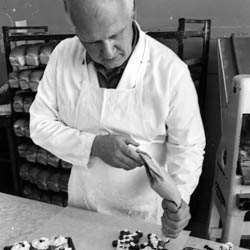
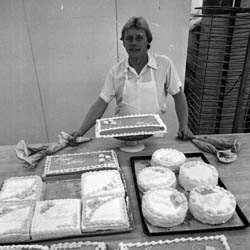
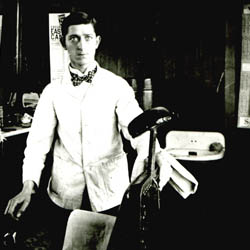
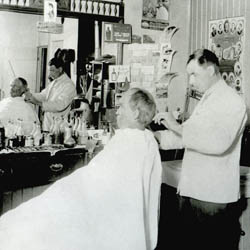
![Hairdressing at Coiffures By Chris, ['ca. 1966']](cropthumbs/QC-3902-2.jpg)
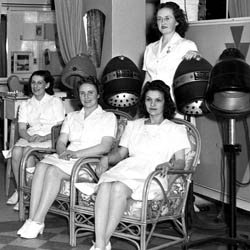
![Gardeners at Work, ['ca. 1950']](cropthumbs/R-B7991.jpg)
